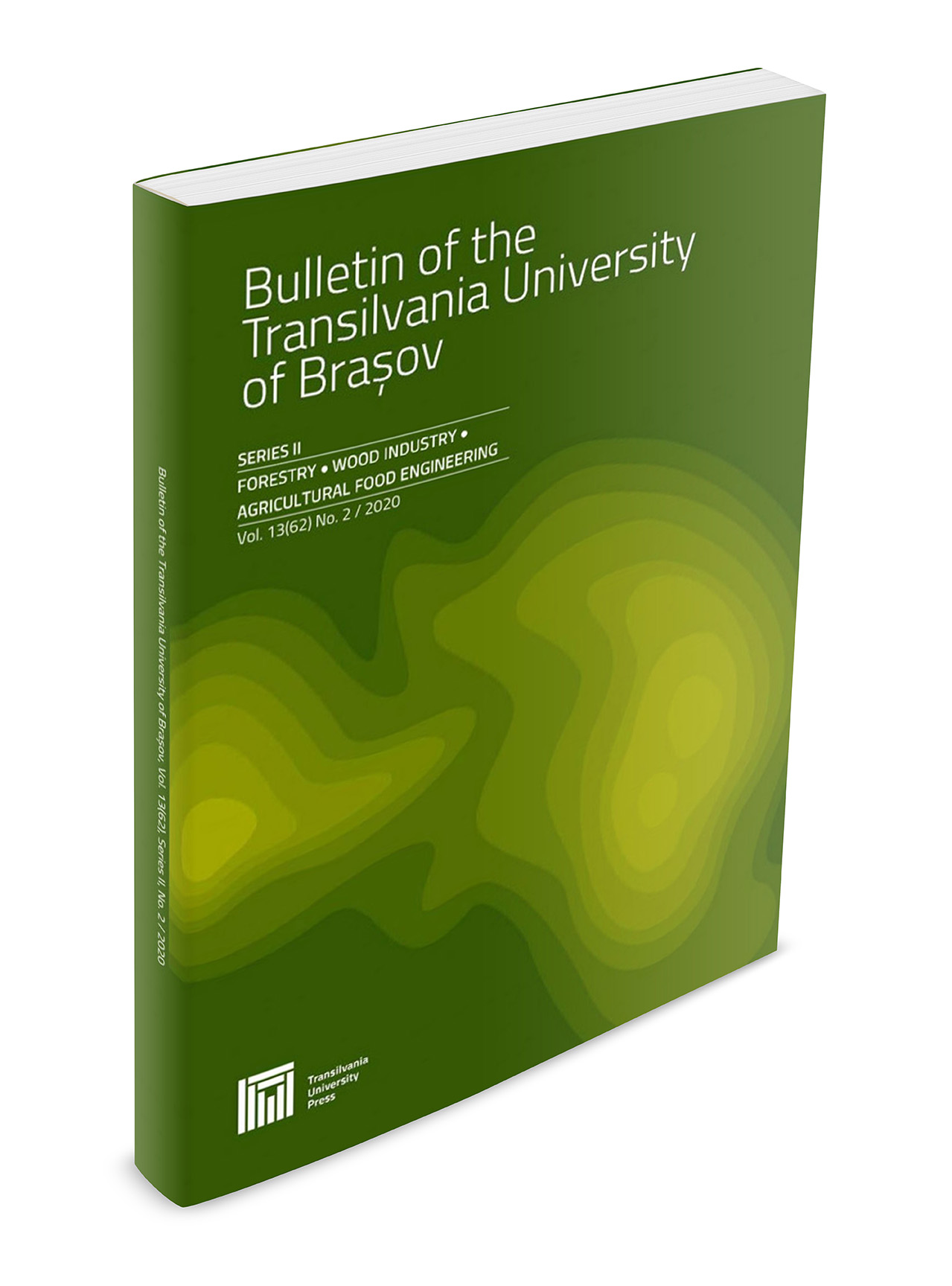Mapping and Monitoring Forest Landscape Restoration Using Landsat-8 Images
DOI:
https://doi.org/10.31926/but.fwiafe.2022.15.64.2.4Keywords:
afforestation, growth performance, survival percentage, Landsat-8, vegetation indicesAbstract
In the context of the Bonn Challenge, Pakistan started Forest Landscape Restoration (FLR) in 2014. This study assessed growth performance and the survival rate of young plantations and developed linear regression models by using Landsat-8 data. The results showed that fast-growing species such as Eucalyptus camaldulensis and Robinia pseudoacacia have shown a good growth rate as compared to Pinus roxburghii and Cedrus deodara. Landsat-8 vegetation indices include Normalized Difference Vegetation Index (NDVI), Soil Adjusted Vegetation Index (SAVI), Modified Soil Adjusted Vegetation Index (MSAVI), Difference Vegetation Index (DVI), and Green Normalized Vegetation Index (GNDVI), which were correlated with volume (m3). RVI has the highest correlation with R2 value of 0.88 followed by NDVI, SAVI, and GDVI with R2 value of 0.83. Stepwise linear regression (SLR) showed that MASVI and SAVI have a strong significant relationship with volume compared to the rest of the indices. The simple linear regression model of RVI and volume has the lowest RMSE (1.19 m3/ha) and is considered the best for plantation mapping. The temporal assessment of afforestation (2013-2018) by Landsat-8 images showed that the plantation was successful in the sampled sites. The RVI differencing and threshold measured area under vegetation was 7,309.7 ha in 2013 and was increased to 9,224.9 ha in 2018. The study suggested that Landsat-8 data have the potential for monitoring FLR activities and can be enhanced further when combined with other datasets.



